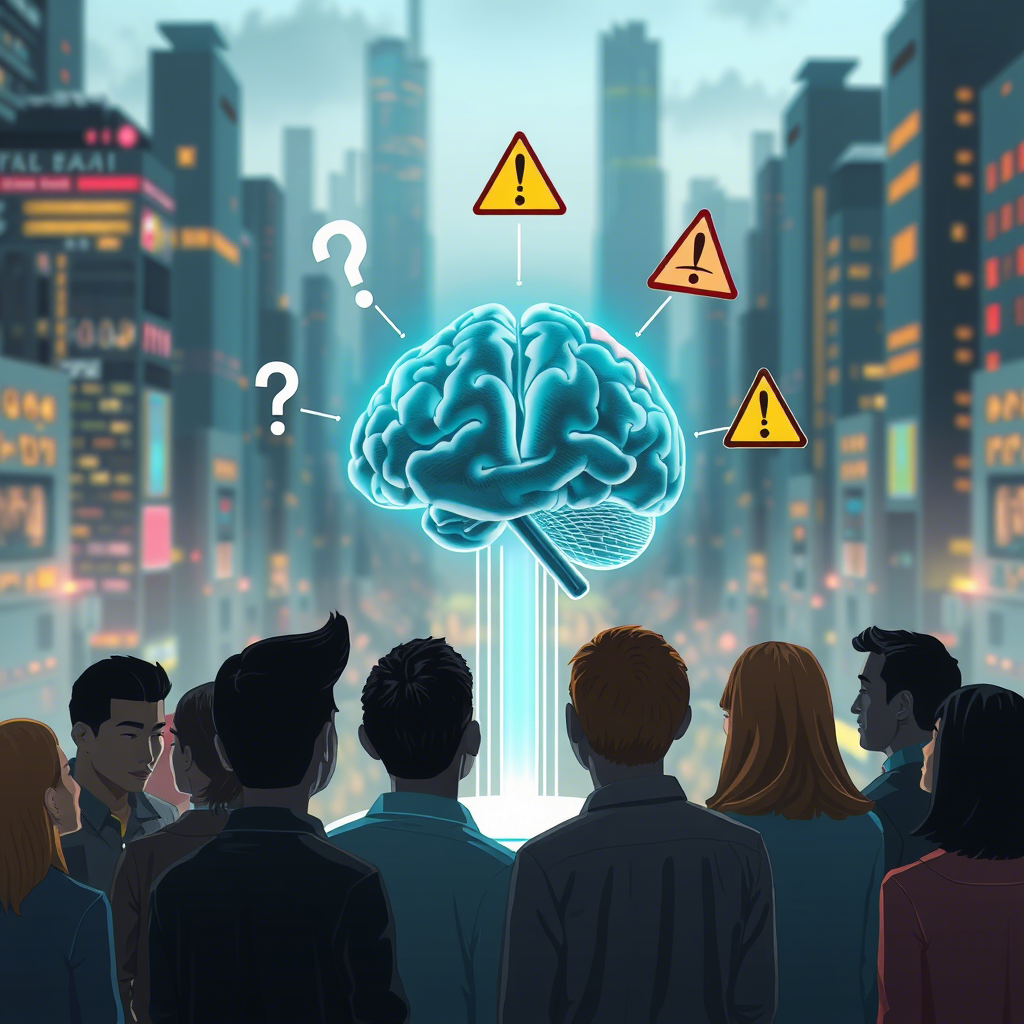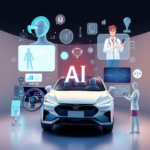Learn about bias, privacy, job displacement, and the balance between innovation and regulation. By understanding these ethical dilemmas, developers, policymakers, and users can work together to create AI systems that are both innovative and responsible.








